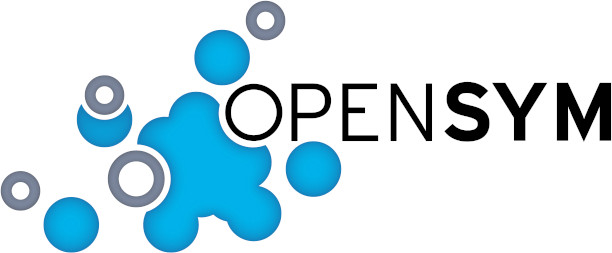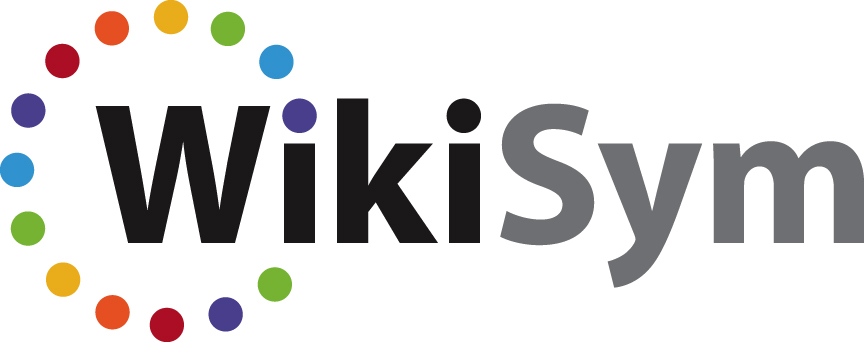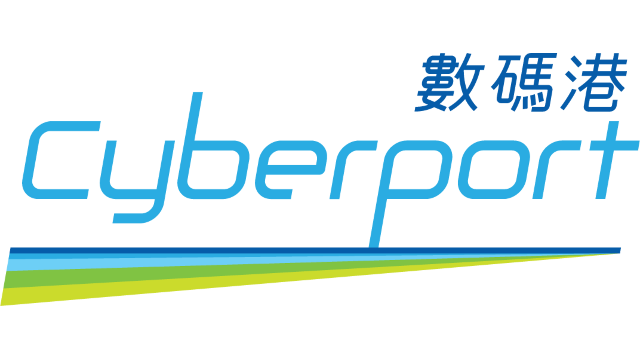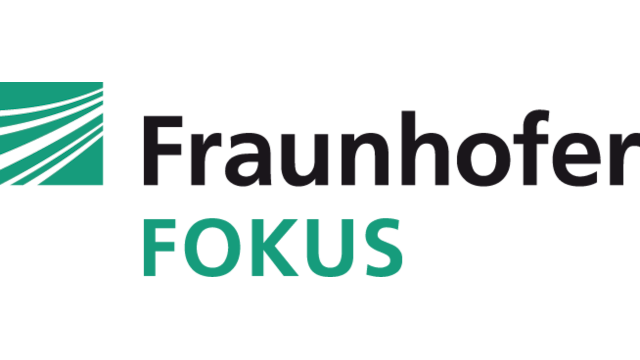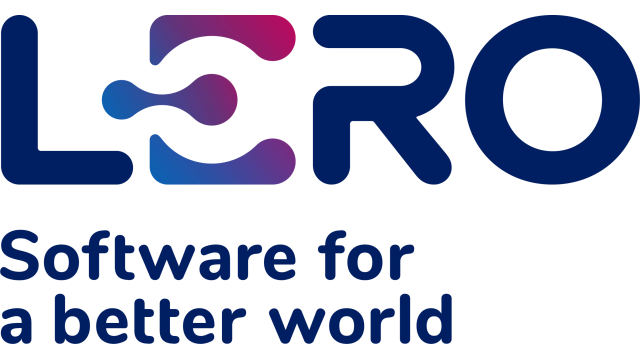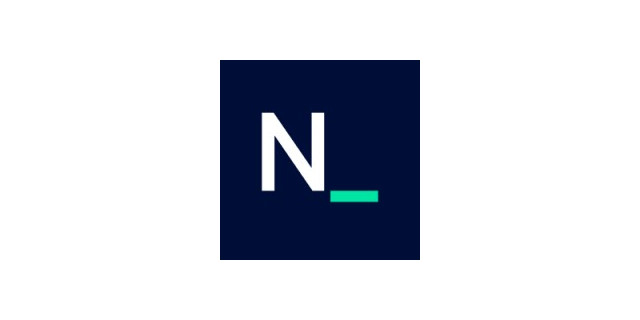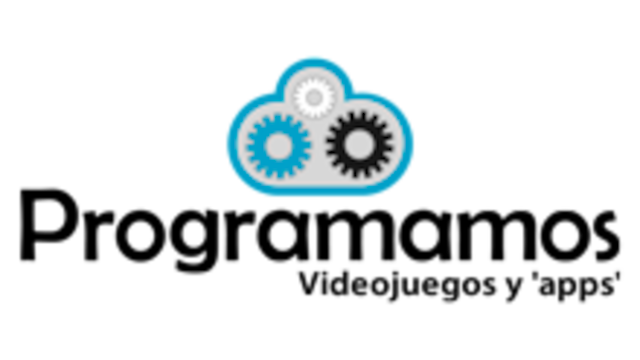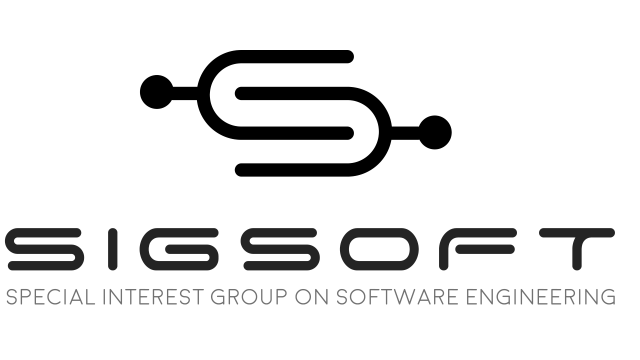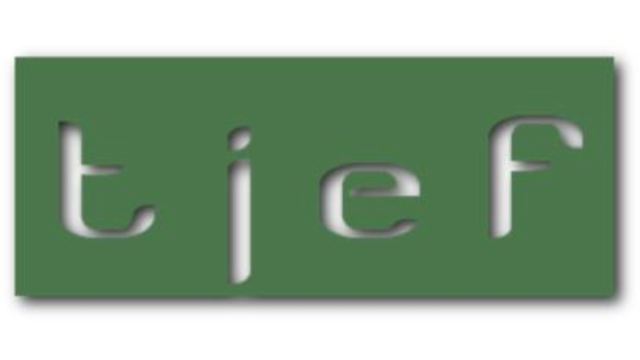OpenSym, the Open Symposium, formally the International Symposium on Open Collaboration, and formerly WikiSym, the International Symposium on Wikis, was an international conference dedicated to the research and practice of open collaboration . The conference series ran from 2005 to 2022.
All conference proceedings have been published in the ACM Digital Library and are made freely available on this website for convenience and reference purposes.
OpenSym logo
WikiSym logo
Proceedings 2005-2022
2022 Location Madrid Dates September 6-10 Chairs Gregorio Robles Website Link Proceedings Local ACM DL
2021 Location Online Dates September 15-17 Organizer Gregorio Robles Website Link Proceedings Local ACM DL
2020 Location Online Dates August 26-27 Organizer Gregorio Robles Website Link Proceedings Local ACM DL
2019 Location Skövde Dates August 20-22 Organizer Björn Lundell Website Link Proceedings Local ACM DL
2018 Location Paris Dates August 22-24 Organizer Nicolas Jullien Website Link Proceedings Local ACM DL
2017 Location Galway Dates August 23-25 Organizer Lorraine Morgan Website Link Proceedings Local ACM DL
2016 Location Berlin Dates August 17-19 Organizer Tony Wasserman Website Link Proceedings Local ACM DL
2015 Location San Francisco Dates August 19-21 Organizer Dirk Riehle Website Link Proceedings Local ACM DL
2014 Location Berlin Dates Aug 27-29 Organizer Dirk Riehle Website Link Proceedings Local ACM DL
2013 Location Hong Kong Dates October 5-7 Organizer Dirk Riehle Website Link Proceedings Local ACM DL
2012 Location Linz Dates August 27-29 Organizer Cliff Lampe Website Link Proceedings Local ACM DL
2011 Location Mountain View Dates October 3-5 Organizer Felipe Ortega Website Link Proceedings Local ACM DL
2010 Location Gdansk Dates July 7-9 Organizer Phoebe Ayers Website Link Proceedings Local ACM DL
2009 Location Orlando Dates October 25-27 Organizer Dirk Riehle Website Link Proceedings Local ACM DL
2008 Location Porto Dates September 8-10 Organizer Ademar Aguiar Website Link Proceedings Local ACM DL
2007 Location Montreal Dates October 21-23 Organizer Alain Désilets Website Link Proceedings Local ACM DL
2006 Location Odense Dates August 21-23 Organizers Dirk Riehle Website Link Proceedings Local ACM DL
2005 Location San Diego Dates October 16-28 Organizers Dirk Riehle Website Link Proceedings Local ACM DL
Sponsors over the years
